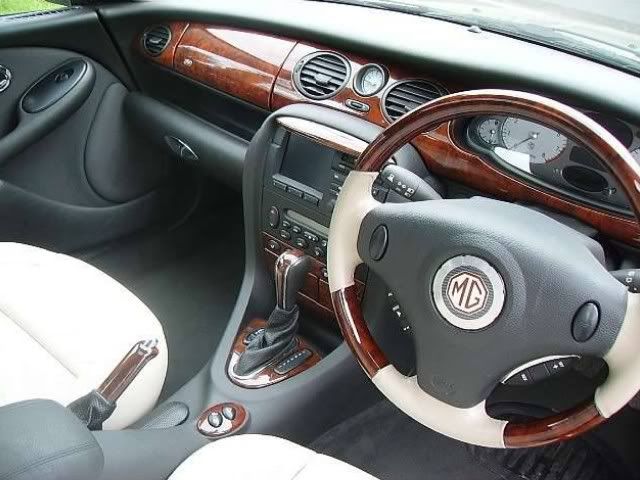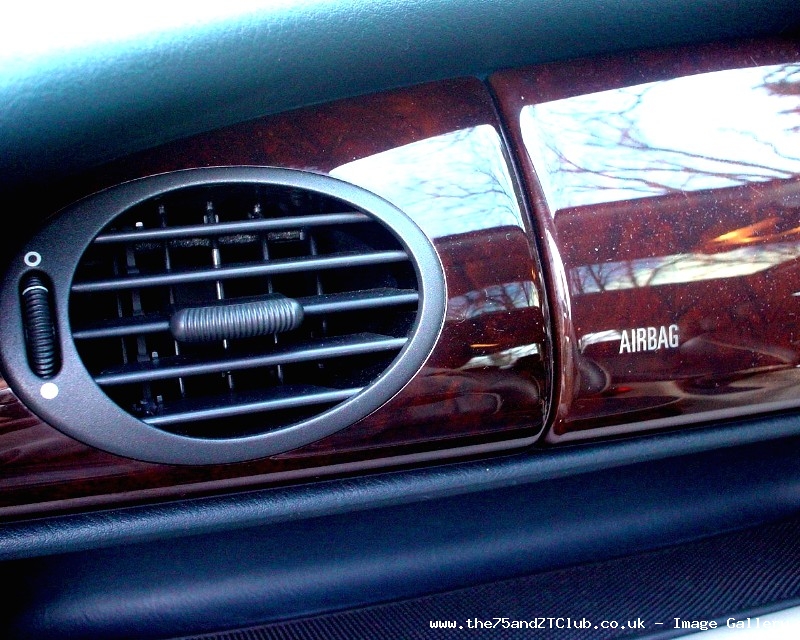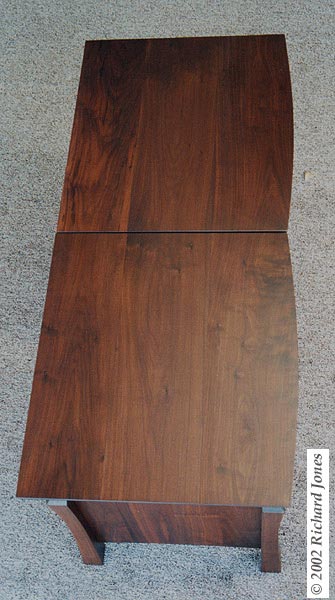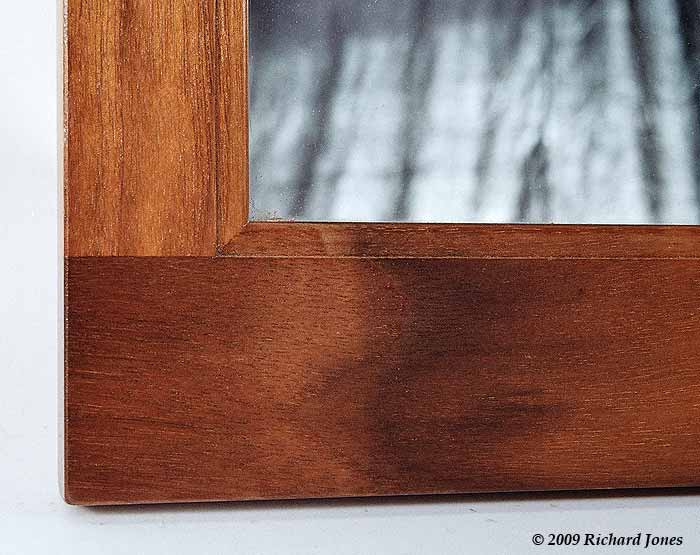nev
Established Member
I'm contemplating making a pen to match the interior of a car (dont ask!)
I have Walnut blanks (cheers Mark :wink: ) of varying shades and would like to know if there is anything i can do to lighten/ darken/enrich ? whatever i need to do, to get somewhere near the required colour/ finish , see below, or is it purely down to selecting the right bit of burr walnut in the first place?
maybe a red tint in the lacquer, perhaps?
The bit with airbag written on it is apparently real walnut.


I have Walnut blanks (cheers Mark :wink: ) of varying shades and would like to know if there is anything i can do to lighten/ darken/enrich ? whatever i need to do, to get somewhere near the required colour/ finish , see below, or is it purely down to selecting the right bit of burr walnut in the first place?
maybe a red tint in the lacquer, perhaps?
The bit with airbag written on it is apparently real walnut.







































